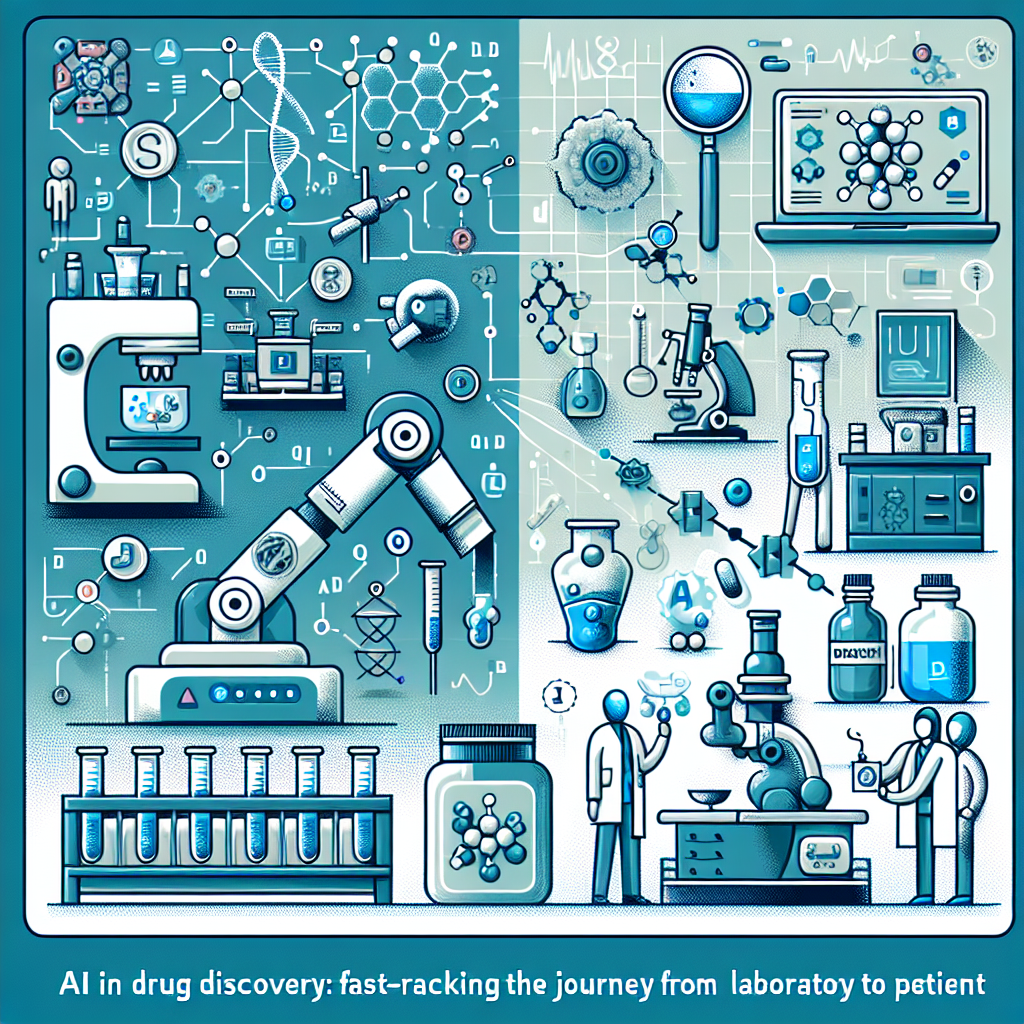Introduction
The pharmaceutical sector is experiencing a major shift, largely driven by innovations in artificial intelligence (AI). As traditional drug discovery methods face escalating costs and prolonged timelines, AI presents groundbreaking solutions to hasten the journey from lab to patient. This article explores how AI is redefining drug discovery, tackling existing challenges, and speeding up the formulation of new therapeutics.
The Challenges of Traditional Drug Discovery
Conventional drug discovery is exceedingly intricate, often requiring over a decade and billions of dollars to launch a new medication. Key hurdles include:
- High Failure Rates: Roughly 90% of drugs entering clinical trials fail to secure market approval, typically due to safety issues or lack of effectiveness.
- Time Constraints: The drug development timeline spans 10 to 15 years, limiting the introduction of new treatments for patients.
- Data Overload: The vast amount of biological and chemical data can overwhelm researchers, complicating the extraction of actionable insights.
How AI Transforms Drug Discovery
AI technologies, such as machine learning, natural language processing, and data mining, are being applied across various phases of drug discovery:
1. Target Identification and Validation
AI algorithms can analyze extensive datasets from biological research to discover potential drug targets. Machine learning models evaluate genetic, proteomic, and metabolomic data to identify molecules that could significantly influence disease mechanisms. This accelerates the search for viable therapeutic targets, minimizing reliance on trial-and-error approaches.
2. Hit Discovery
In the initial phases of drug discovery, pinpointing “hit” compounds that display desired biological activity is vital. AI techniques like deep learning can model molecular interactions, forecast the binding affinity of compounds, and rapidly screen millions of potential candidates. Noteworthy platforms, such as Atomwise, leverage AI to discover new medicines, demonstrating a marked increase in the speed of identifying promising candidates compared to traditional methods.
3. Lead Optimization
Once potential leads are identified, enhancing their pharmacological characteristics is crucial. AI tools facilitate predictions of efficacy, toxicity, and bioavailability of drug candidates by examining chemical structures and biological impacts. This iterative optimization process can significantly reduce the number of compounds advancing to clinical trials.
4. Clinical Trials
AI enhances clinical trial design by identifying suitable patient cohorts and forecasting outcomes. Machine learning algorithms can evaluate patient data to stratify populations, ensuring that trials include individuals most likely to benefit from the treatment. Furthermore, AI enables real-time trial monitoring, allowing adaptive designs that can shift based on preliminary findings.
5. Post-Marketing Surveillance
Post-approval, AI remains pivotal in ensuring safety through post-marketing surveillance. Natural language processing tools can scrutinize data from electronic health records, social media, and clinical reports to detect adverse effects that might not have become evident during clinical trials.
Case Studies: AI at Work in Drug Discovery
Numerous pharmaceutical companies and biotech firms are already harnessing AI in drug discovery:
- Bayer and Microsoft: This collaboration aims to leverage AI to improve the drug discovery process by analyzing large datasets to uncover new insights into diseases and potential treatments.
- Insilico Medicine: Renowned for its application of AI to expedite drug discovery, the company successfully identified a new drug candidate for fibrosis in just 46 days, a process that typically requires years.
Challenges and Ethical Considerations
Despite the significant promise AI holds for drug discovery, several challenges still persist:
- Data Quality and Bias: AI models rely heavily on the quality of the data they are trained on. Inconsistent or biased data can produce flawed predictions and potentially widen health disparities.
- Regulatory Hurdles: The incorporation of AI into drug development raises crucial questions about regulatory frameworks. Ensuring that AI-generated insights comply with safety and efficacy standards is essential.
- Ethical Implications: The use of AI in healthcare introduces ethical challenges regarding patient data privacy and the risk of AI-driven decisions overshadowing clinical judgment.
Conclusion
The potential of AI in drug discovery is immense, promising to accelerate the movement from laboratory findings to patient care. By utilizing advanced technologies, the pharmaceutical industry can boost efficiency, enhance success rates, and expedite the delivery of new therapies to patients. While challenges abound, ongoing collaboration between AI innovators and pharmaceutical companies will be vital in overcoming these barriers and unlocking the full potential of AI in transforming healthcare. As we advance, it is crucial to address the ethical and regulatory aspects of AI to ensure a patient-centered approach that prioritizes safety and efficacy.

